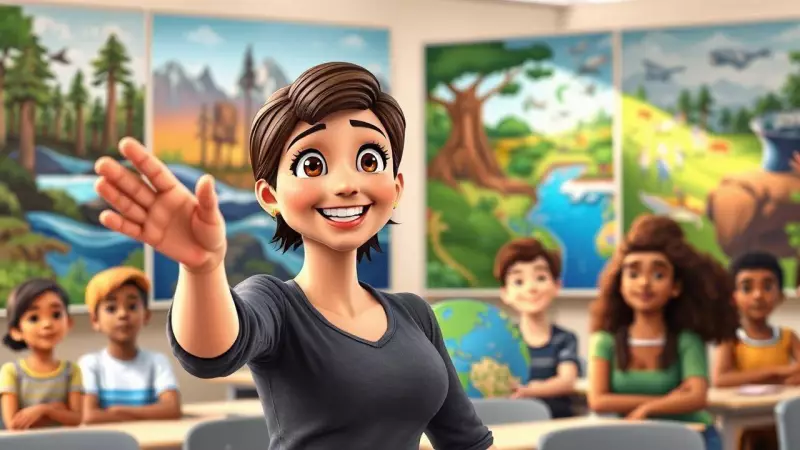
Across the United States, a quiet revolution is taking place in classrooms as schools fundamentally reshape how they teach climate change. Moving beyond traditional textbook approaches, educators are embracing innovative methods that make climate science relevant, engaging, and actionable for students of all ages.
From Theory to Practice: Hands-On Learning Takes Center Stage
American schools are increasingly adopting experiential learning models where students don't just read about climate change—they experience it firsthand. Classroom activities now include:
- Building solar-powered models and conducting energy audits of school facilities
- Creating school gardens that demonstrate sustainable agriculture practices
- Analyzing local environmental data to understand regional climate impacts
- Designing community-based solutions to reduce carbon footprints
Critical Thinking Over Climate Anxiety
Educators are carefully balancing the seriousness of climate challenges with empowering messages about solutions. The focus has shifted from creating fear to fostering critical thinking skills. Students learn to evaluate scientific evidence, analyze different perspectives, and develop evidence-based arguments about environmental issues.
"We're teaching students to be problem-solvers, not just passive worriers," explains one science curriculum developer. "The goal is to equip them with the tools to understand complex systems and contribute meaningfully to solutions."
Interdisciplinary Approach: Climate Across All Subjects
Climate education is no longer confined to science classes. Schools are integrating climate topics across multiple disciplines:
- Social Studies: Examining the geopolitical and economic implications of climate change
- Mathematics: Analyzing climate data and calculating carbon emissions
- Language Arts: Reading climate literature and developing persuasive communication skills
- Arts: Creating works that express environmental concerns and hopes
Local Context, Global Understanding
Teachers are connecting global climate patterns to local community impacts. Students in coastal areas might study sea-level rise effects on their neighborhoods, while those in agricultural regions examine changing growing seasons. This localized approach makes abstract concepts tangible and personally relevant.
The evolution of climate education in US schools represents a significant shift toward preparing students not just to understand environmental challenges, but to actively participate in creating a sustainable future. As these educational practices continue to develop, they're shaping a generation that's better informed, more engaged, and more prepared to address the complex environmental issues they'll inherit.





